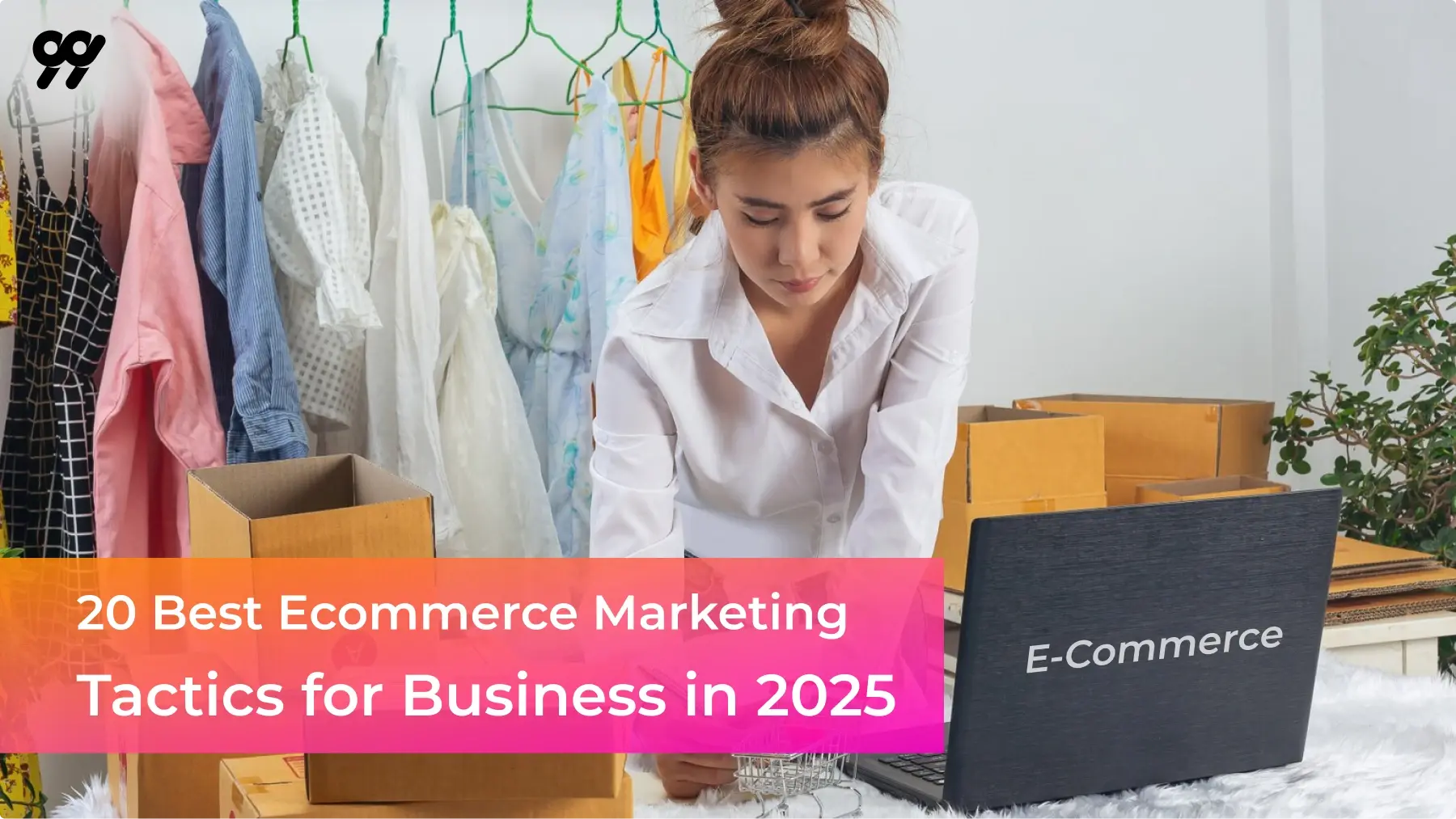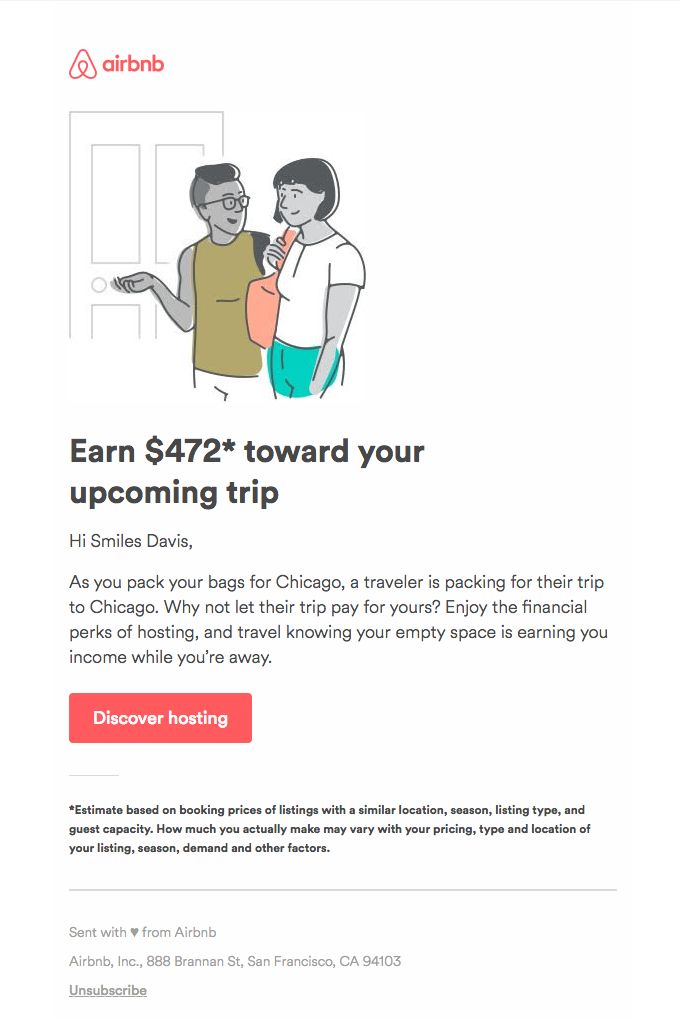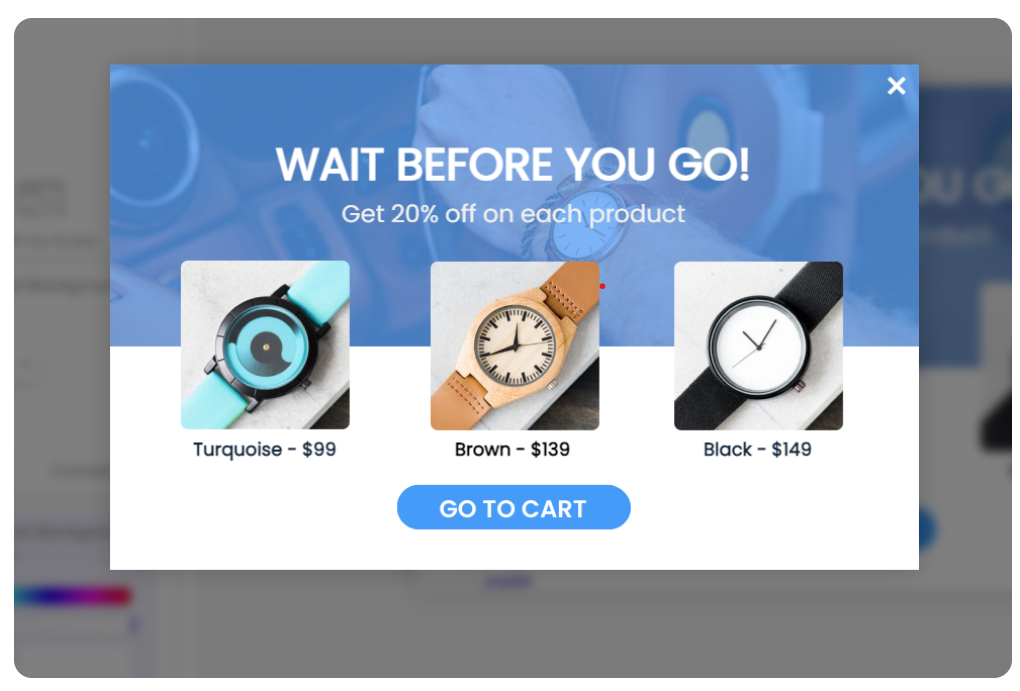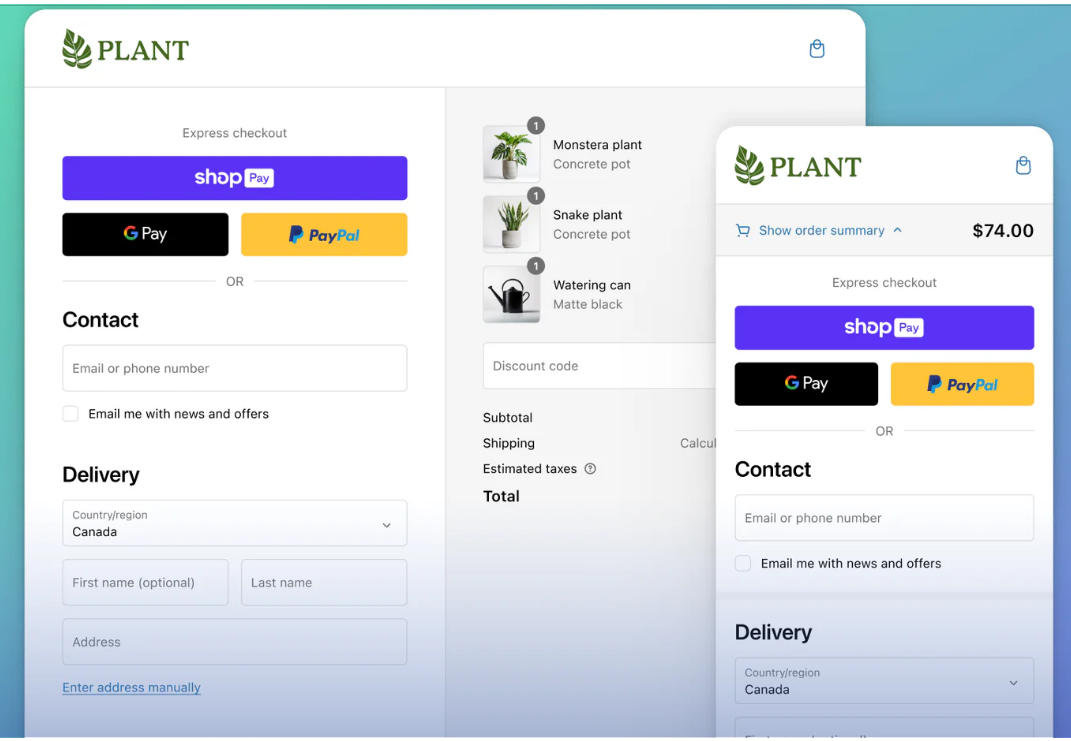
Global retail ecommerce sales are expected to reach an incredible $8.1 trillion by 2026, making ecommerce marketing more competitive. This tremendous expansion offers firms both amazing prospects and difficult obstacles. It takes more than just a website to stand out in this competitive field; you also need a strategic strategy that speaks directly to your audience’s requirements and preferences.
Having a solid marketing strategy is crucial, regardless of your goals—increasing traffic, increasing transactions, or cultivating customer loyalty. However, it can be challenging to choose where to begin or which strategies would yield the best results due to the abundance of accessible tactics and resources.
This thorough guide explores tried-and-true ecommerce marketing tactics, practical advice, and the newest developments to help you outperform the competition. We’ll cover everything you need to improve your online brand in 2025, from creating interesting content for your audience to making your campaigns more receptive to repeat business. Are you prepared to change your company? Let’s begin!
What is Ecommerce Marketing?
The deliberate process of advertising an online store to increase traffic, sales, and client retention is known as ecommerce marketing. It includes a variety of strategies and platforms, both online and offline, that are intended to assist clients in their purchasing process. Ecommerce marketing covers every phase of the client lifecycle, from creating early brand recognition to cultivating trust and loyalty.

20 Proven Ecommerce Marketing Hacks for 2025
Ecommerce marketing is a constantly changing field, and companies must remain flexible to stay ahead of the competition. These 20 tried-and-true ecommerce marketing tips for 2024 can help you maximize your efforts and get quantifiable results, regardless of where you are in your strategy development.
- Build a Strong Brand Identity
Standing out in a crowded ecommerce sector requires a strong brand identity. It entails establishing the voice, values, and unique selling proposition of your brand and incorporating these into your website, merchandise, and interactions with customers. Consumers are more likely to purchase products from companies with whom they emotionally identify. A recognizable and consistent brand identity fosters consumer loyalty and trust.
Example: Glossier, a skincare brand, is known for its clean, minimalist branding. Their social media posts and product packaging align with their focus on simplicity and self-care, resonating deeply with their target audience of beauty-conscious millennials.

- Improve Product Descriptions and Images
The first things prospective buyers see when perusing your business are your product descriptions and photos. The advantages and characteristics of every product should be highlighted in thorough, understandable, and convincing descriptions. Additionally, well-lit, high-quality photos are crucial in persuading buyers to buy. To present your products in the best possible light, use a variety of perspectives and zoom-in capabilities.
Example: Warby Parker, an eyewear company, uses detailed product descriptions and high-quality images to give potential customers a clear idea of the look and feel of their eyewear. Customers can view the products from different angles, which helps them make an informed decision.
- Focus on SEO
To increase organic traffic, you must optimize your online store for search engines. Determine the search terms that your target audience uses by conducting keyword research, then organically include these terms in your product titles, descriptions, and meta tags. You may raise your website's search engine ranks by making sure its technical SEO is solid, such as making sure it loads quickly and is mobile-friendly.
Example: ASOS, a leading fashion retailer, uses SEO to rank highly on Google. By targeting keywords like “women’s summer dresses” or “men’s sneakers,” ASOS ensures that customers searching for these terms are directed to their site.
- Offer Free Shipping
A strong inducement that can motivate clients to finish their purchases is free shipment. The hefty cost of delivery causes many customers to abandon their carts. This barrier can be removed and conversion rates raised by providing free shipping on the entire website or orders exceeding a specific threshold. Offer flat-rate shipping or discounted rates if providing free shipment isn't practical.
Example: Zappos, a popular online shoe retailer, offers free shipping on all orders, which encourages customers to buy without worrying about additional costs. This strategy has helped them build a loyal customer base and increase sales.
- Leverage Social Media
For ecommerce companies, social media sites like Facebook, Instagram, and TikTok are effective marketing tools. These platforms allow you to interact with your audience directly and present your goods in original ways. Run promotions, post-user-generated material, and advertise new arrivals on social media. Reaching a wider, more focused audience can also be facilitated by paid advertising on these networks.
Example: Gymshark, a fitness apparel brand, has gained massive popularity through Instagram and TikTok. Their consistent posting of workout content and influencer collaborations has helped them build a strong, engaged community of fitness enthusiasts.
- Implement Email Marketing Campaigns
One of the best strategies to nurture leads and increase sales is still email marketing. By rewarding email sign-ups with discounts or access to unique content, you may grow your email list. Email campaigns can be used to deliver helpful content, launch new items, or advertise sales. To send tailored communications that appeal to a particular clientele, segment your email list.
Example: Airbnb sends personalized email campaigns to users based on their previous travel destinations, offering new vacation home suggestions. This level of personalization helps them drive bookings by making users feel like the offers are tailored to their needs.

- Use Influencer Marketing
By collaborating with influencers, you may increase your credibility and reach new clientele. Influencers can produce genuine content that highlights your goods and distribute it to their following, increasing brand recognition and trust. For optimum effect, pick influencers who share your beliefs and target audience.
Example: Daniel Wellington, a watch brand, grew rapidly by partnering with micro-influencers on Instagram. They provided influencers with unique discount codes, which helped track the success of each campaign and created buzz around their product.
- Provide Discounts and Promotions
Sales can be boosted by discounts and promotions, particularly during busy times of the year. Providing flash discounts, limited-time promotions, or package deals can generate urgency and persuade buyers to make a purchase. To attract recurring business, think about establishing a loyalty program or providing a first-purchase discount.
Example: Amazon’s Prime Day is a prime example of how a limited-time promotion can create massive sales. The annual event offers exclusive discounts for Prime members, driving millions of sales in a short period.
- Optimize Your Website for Conversions
A well-designed website that is easy to use is essential for turning visitors into paying clients. Make sure your website has a straightforward checkout procedure, distinct product categories, and is easy to use. Customer testimonials, thorough product descriptions, and excellent images will all contribute to the development of trust and promote sales. To determine what works best, test various aspects of your website, such as CTAs and product page layouts.
Example: Shopify stores typically use optimized checkout processes to increase conversion rates. The checkout is simple, with minimal distractions, and offers multiple payment options, which makes it easier for customers to complete their purchases.
- Create Video Content
One of the most effective ways to engage your audience and showcase your items is through video content. Customer testimonials, product demonstrations, and behind-the-scenes photos are all powerful tools for reaching prospective customers. Videos may be published on YouTube, social media, and your website and assist describe your items in a more interesting way than words.
Example: Apple uses product launch videos to showcase their new devices, highlighting features and benefits in a compelling and visually appealing manner. These videos build excitement and anticipation for new products.
- Use Retargeting Ads
Reaching out to users who have previously interacted with your website but did not complete a transaction is possible with retargeting ads. You can remind them of the items they looked at and persuade them to finish their purchase by displaying these visitors' targeted advertisements. Platforms such as Google Advertising and Facebook can be used to set up this advertising.
Example: Etsy uses retargeting ads to remind users of items they added to their shopping carts but didn’t purchase. These ads appear on social media and other websites, nudging potential buyers to return and complete their purchase.

- Offer a Seamless Mobile Shopping Experience
As mobile commerce continues to grow, it is more crucial than ever to make sure your online store is mobile-friendly. On tablets and smartphones, your website should be simple to use and load rapidly. A smooth mobile shopping experience will boost sales and enhance consumer satisfaction.
Example: Nike’s mobile app is optimized for a smooth shopping experience, with easy navigation and fast load times. It also allows users to scan barcodes in-store for detailed product information and purchase items directly.
- Use Customer Reviews and Testimonials
Testimonials and evaluations from customers are excellent resources for establishing social proof and trust. Show prospective customers that other people have had good experiences with your brand by prominently displaying reviews on your product pages. Send follow-up emails or provide incentives to happy customers to entice them to write reviews.
Example: Amazon displays customer reviews prominently on product pages, helping customers make informed decisions. Positive reviews create trust, while negative reviews provide constructive feedback for improvement.
- Optimize for Local SEO
Optimizing for local SEO can assist you draw in local clients if your online store has a physical location. This entails making sure your company is listed on Google My Business and optimizing your website for location-based keywords. For physical establishments looking to increase foot traffic, local SEO is particularly crucial.
Example: A local bakery with an ecommerce site for ordering cakes would optimize for keywords like “custom cakes in [city name]” to attract nearby customers who want to pick up their orders in person.
- Plan Promotions in Advance
You may strategically schedule your sales around the busiest buying seasons by planning your promotions. To make sure you're advertising your goods at the appropriate times, make a marketing calendar. To take advantage of consumer demand, provide exclusive deals or packages during holidays, Black Friday, and other big shopping days.
Example: Target strategically plans its promotions for the holiday season, offering pre-Black Friday discounts on selected products. These promotions are timed to maximize consumer interest and boost sales.
- Leverage User-Generated Content
User-generated content (UGC) includes reviews, images, and videos that are produced by your consumers. Posting user-generated content (UGC) on your website and social media platforms fosters community and trust, which in turn encourages potential buyers to buy. UGC serves as genuine evidence of the caliber of your product as well.
Example: GoPro uses UGC to great effect by reposting videos that customers share while using their cameras. This helps showcase real-life experiences and creates a sense of community among users.
- Offer Personalized Shopping Experiences
Enhancing client satisfaction and increasing sales require personalization. Utilize information to provide product recommendations based on past purchases or browsing patterns of customers. Targeted promos, product recommendations, and personalized communications provide customers with a sense of value and boost conversion rates.
Example: Amazon uses a recommendation engine that suggests products based on customers’ past purchases and browsing history. These suggestions make the shopping experience more personalized and increase the chances of conversion.
- Leverage Affiliate Marketing
You can collaborate with affiliates who market your goods in return for a cut of sales through affiliate marketing. This can increase traffic to your store and help you reach a larger audience. For best results, pick affiliates whose audience is similar to your target market.
Example: Bluehost offers an affiliate program that rewards website owners and bloggers for promoting their hosting services. This partnership allows them to extend their reach while affiliates earn commissions for every referral.
- Create a Seamless Checkout Experience
Cart abandonment may result from a convoluted or drawn-out checkout process. Consumers anticipate a simple, quick, and safe way to finish their purchases. Conversion rates can be greatly increased by streamlining the checkout process by cutting down on steps and providing a variety of payment methods (credit card, PayPal, Apple Pay, etc.). Customers can also feel more at ease about the security of their transactions when trust signals, such as security badges, are displayed.
Example: Shopify stores often have a simplified checkout system, where customers can choose from multiple payment methods and apply discount codes easily. Additionally, Shopify’s integration with Apple Pay allows users to check out with a single click, improving the user experience and speeding up the process.

- Host Webinars or Workshops
Organizing workshops or webinars is a fantastic method to interact with your audience and provide insightful knowledge. These virtual gatherings might highlight your industry knowledge, respond to frequently asked consumer inquiries, or offer a product demonstration. Providing a special discount after the webinar can incentivize participants to buy anything immediately following the session.
Example: HubSpot, a marketing software company, regularly hosts webinars on digital marketing topics. These free sessions help attract potential customers while providing value to their audience. They also promote their software offerings during these events, driving conversions and customer interest.
Conclusion
Long-term success in ecommerce marketing requires innovation, data-driven tactics, and customer attention. Businesses can prosper in 2025 and beyond by adopting new technology, utilizing real-time data, and comprehending customer preferences.
You can increase conversions, increase traffic, and create an enduring brand with these 20 tried-and-true ecommerce marketing strategies, which range from social media to SEO optimization. Consistency, flexibility, and the appropriate resources are necessary for success.
By using customized techniques, such as improving website performance or gift card programs, businesses like 99minds increase operations and revenue. Businesses may establish a strong online presence in the rapidly changing ecommerce industry by fusing technical know-how with innovation.
Frequently-Ask-Questions-(FAQs)
What is the best way to increase ecommerce sales?
The best way to increase ecommerce sales is through effective ecommerce marketing strategies, including optimizing your website for search engines, utilizing social media marketing, running email campaigns, and offering excellent customer service.
How important is SEO for ecommerce businesses?
SEO is a vital component of ecommerce marketing as it helps drive organic traffic to your site, reducing reliance on paid advertising. By optimizing product pages, blog posts, and technical site elements, you can improve search rankings and visibility.
How can I improve my ecommerce website’s conversion rate?
To improve your conversion rate, focus on ecommerce marketing techniques like optimizing product pages, offering clear calls to action, simplifying the checkout process, and implementing trust signals such as customer reviews, free shipping, and secure payment options. 





